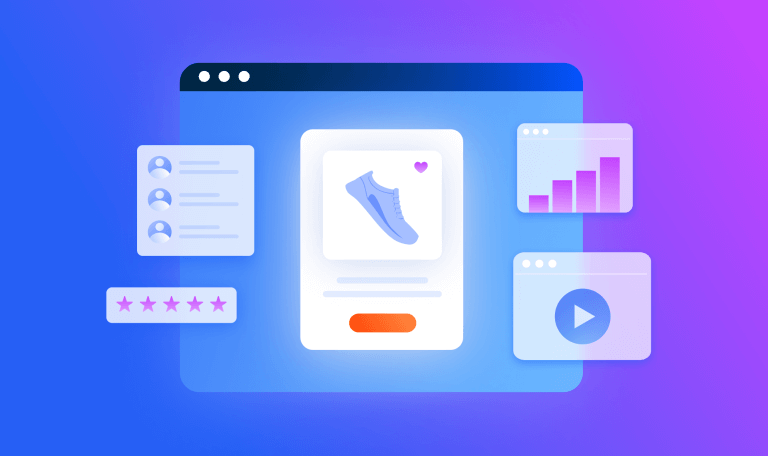Insights
Unique insights on key stories, powered exclusively by Similarweb data, and executed by our expert team of Analysts.

Pet Takeover? How CPG Pet Brands are Winning the Ecommerce Race
by Sanyam Mahajan
7 Min.
Feb 19, 2025

Beauty Ecommerce in India: Winners, Losers, and Strategies That Matter
by Mir Jawad
7 Min.
Feb 19, 2025

Changing Retail Forever? 2024’s Holiday Shopping Trends in Numbers
by Gila Holder
5 Min.
Feb 4, 2025
Our Content Topics
Find the information you need. Browse our content focus areas below.
Wondering what Similarweb can do for your business?
Give it a try or talk to our insights team — don’t worry, it’s free!
Would you like a free trial?
Wouldn’t it be awesome to see competitors' metrics?
Stop guessing and start basing your decisions on real competitive data
Now you can! Using Similarweb data. So what are you waiting for?








